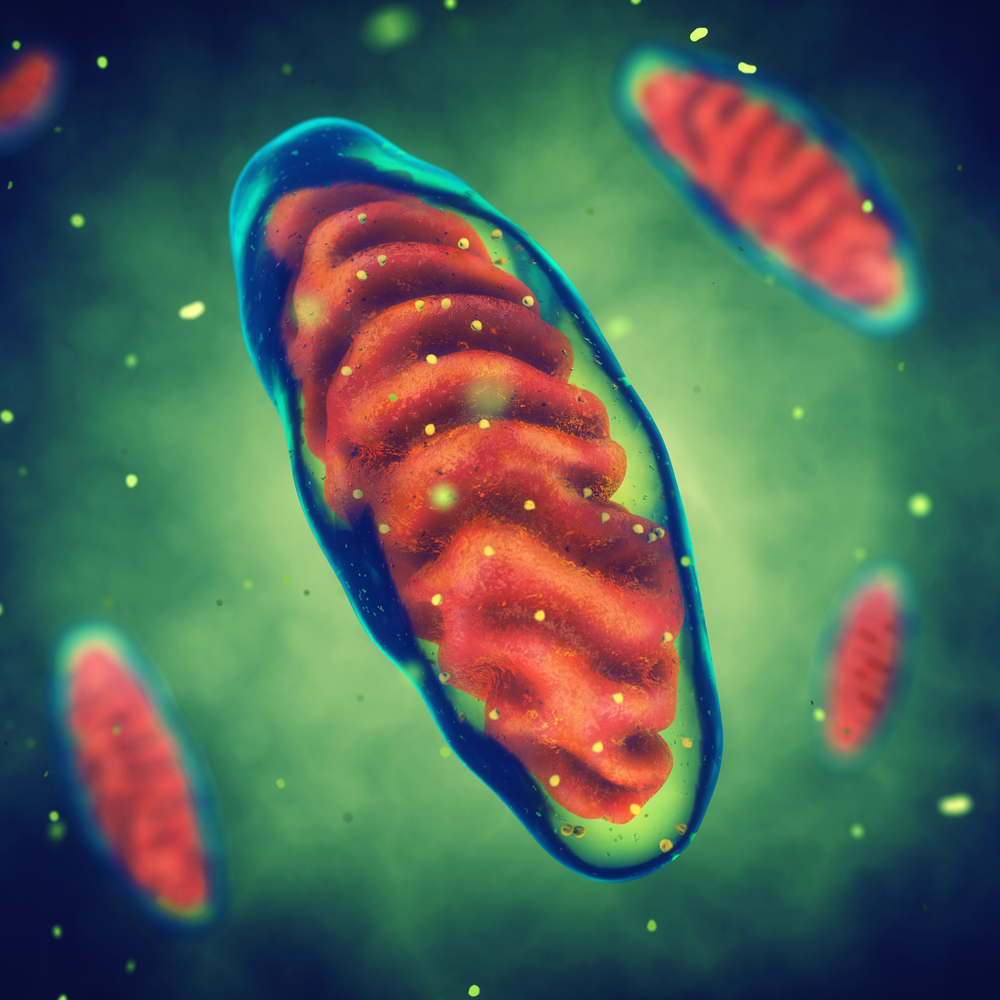Researchers Identify Genetic ‘Switch’ for Mitochondrial Health in Parkinson’s Neurons

Researchers have identified a gene that acts as a switch for genes regulating mitochondria metabolism in neurons. These findings suggest that gene activating transcription factor 4 (ATF4) is a potential therapeutic target for Parkinson’s disease, as the death of neurons in Parkinson’s has been linked to mitochondrial dysfunction.
The study, “dATF4 regulation of mitochondrial folate-mediated one-carbon metabolism is neuroprotective,” was published in the journal Cell Death & Differentiation.
Neurons (nerve cells) depend on mitochondria, which are small organelles inside our cells essential for the production of energy, to maintain their health. In fact, mutations in two mitochondria-linked genes, PINK1 and PARKIN, were shown to cause neuron death in early-onset Parkinson’s.
Mutations are alterations in the DNA sequence of a gene. PINK1 and PARKIN mutations were previously found to affect mitochondria metabolism and, as a result, impair mitochondria energy output.
Scientists at the University of Leicester used the fruit-fly model organism, Drosophila, to investigate mitochondria metabolism and its link to Parkinson’s disease.
Fruit flies with mutations in the PINK1 and PARKIN genes were found to accumulate defective mitochondria. Most importantly, these flies exhibited loss of neurons, a characteristic of Parkinson’s.
Now, scientists have found that a gene called ATF4 functions as a “switch” for genes controlling mitochondrial metabolism, acting as a protective mechanism against the mitochondria dysfunction caused by PINK1 and PARKIN mutations.
“When the expression of ATF4 is reduced in flies, expression of these mitochondrial genes drops. This drop results in dramatic locomotor defects, decreased lifespan, and dysfunctional mitochondria in the brain,” Dr. Miguel Martins from the MRC Toxicology Unit, University of Leicester, the study’s lead author, said in a news release.
“Interestingly, when we overexpressed these mitochondrial genes in fly models of Parkinson’s, mitochondrial function was re-established, and neuron loss was avoided,” Martins said.
Overall, these results show that upon mitochondrial dysfunction caused by mutations in the PINK1/PARKIN pathway, cells activate ATF4, which induces a protective response.
Using the PINK1 and PARKIN mutant flies, the team identified critical Parkinson’s genes, one of which was ATF4.
“Studying the roles of these genes in human neurons could lead to tailored interventions that could one day prevent or delay the neuronal loss seen in Parkinson’s,” Martins concluded.






